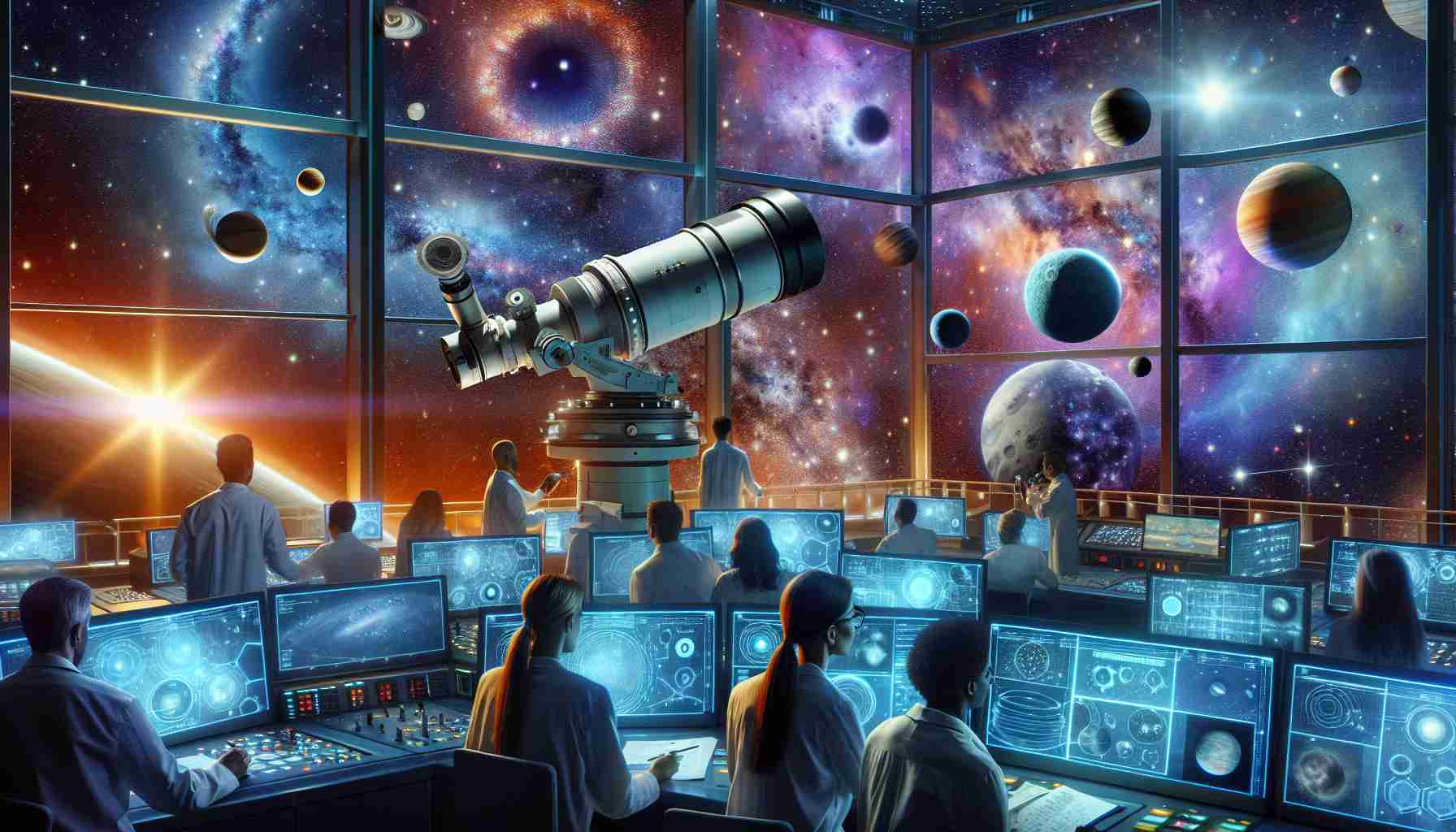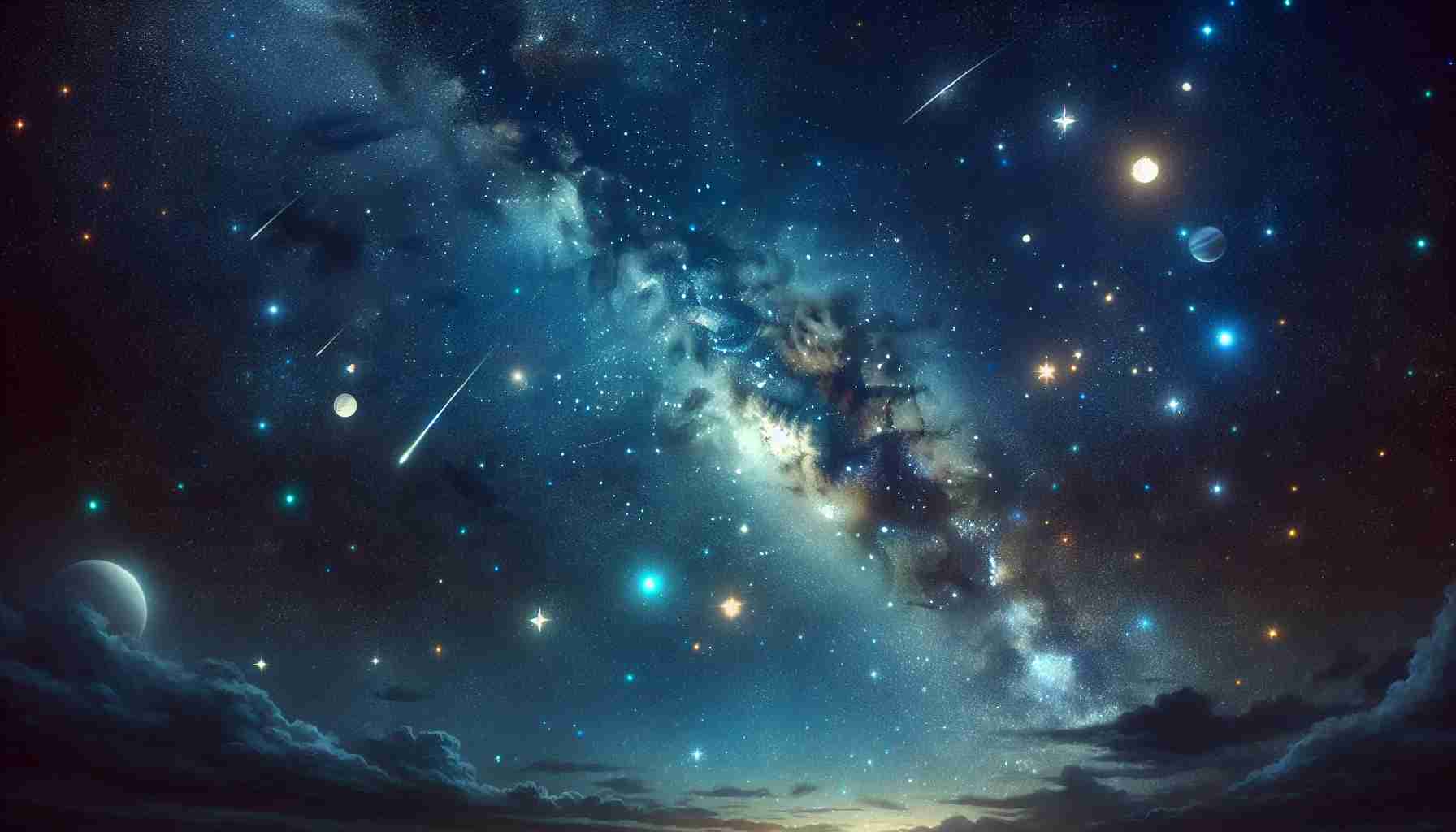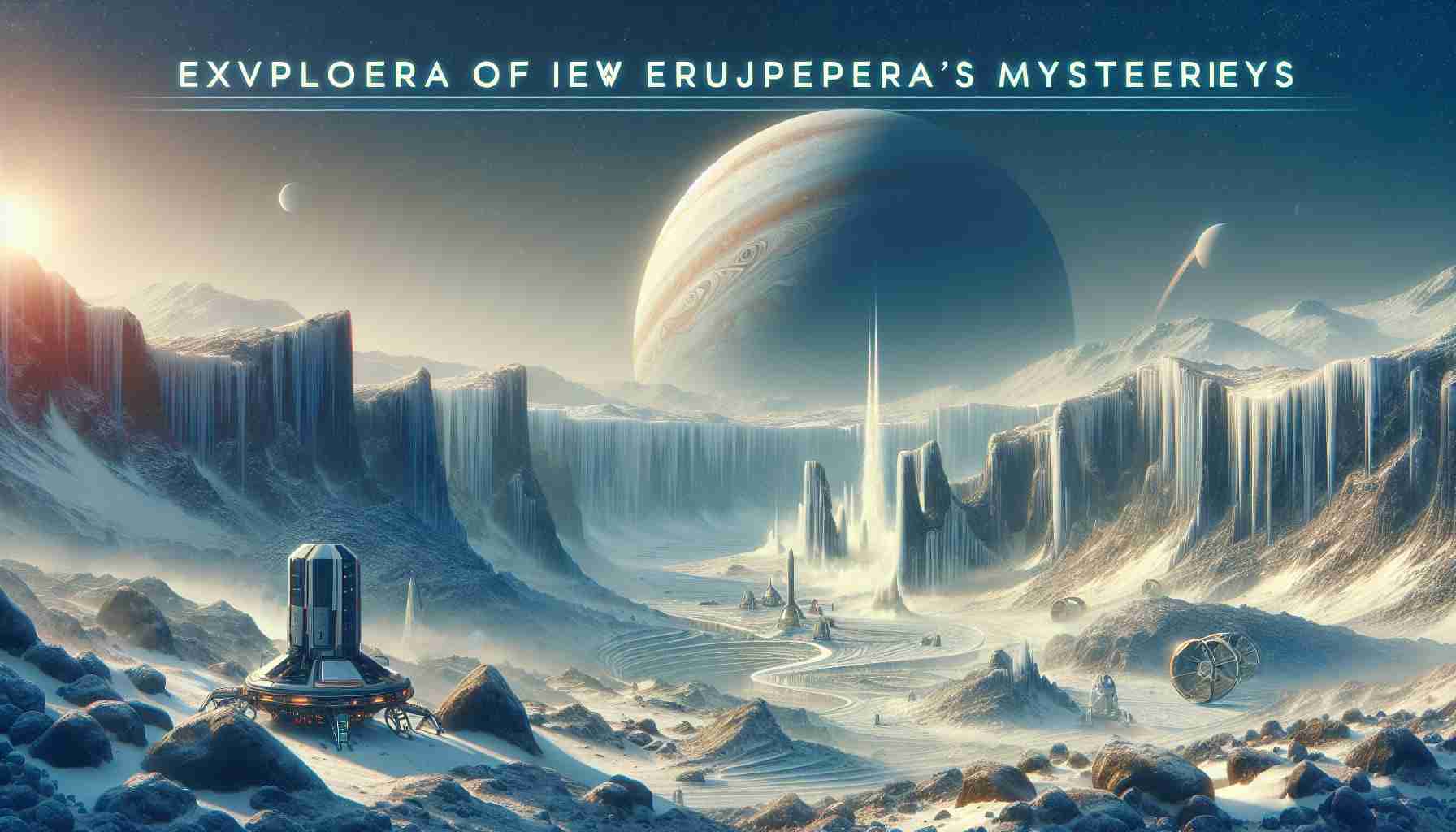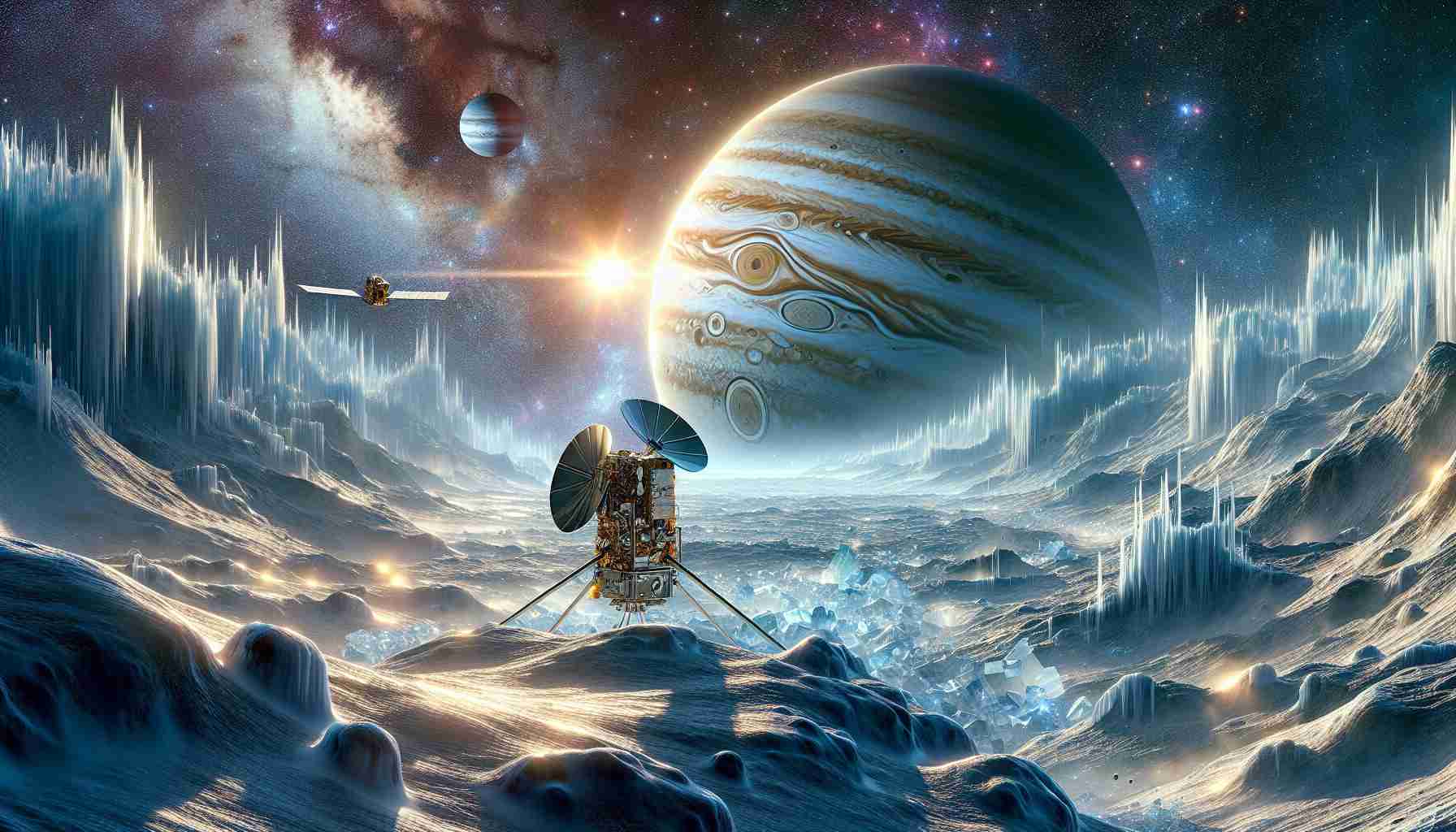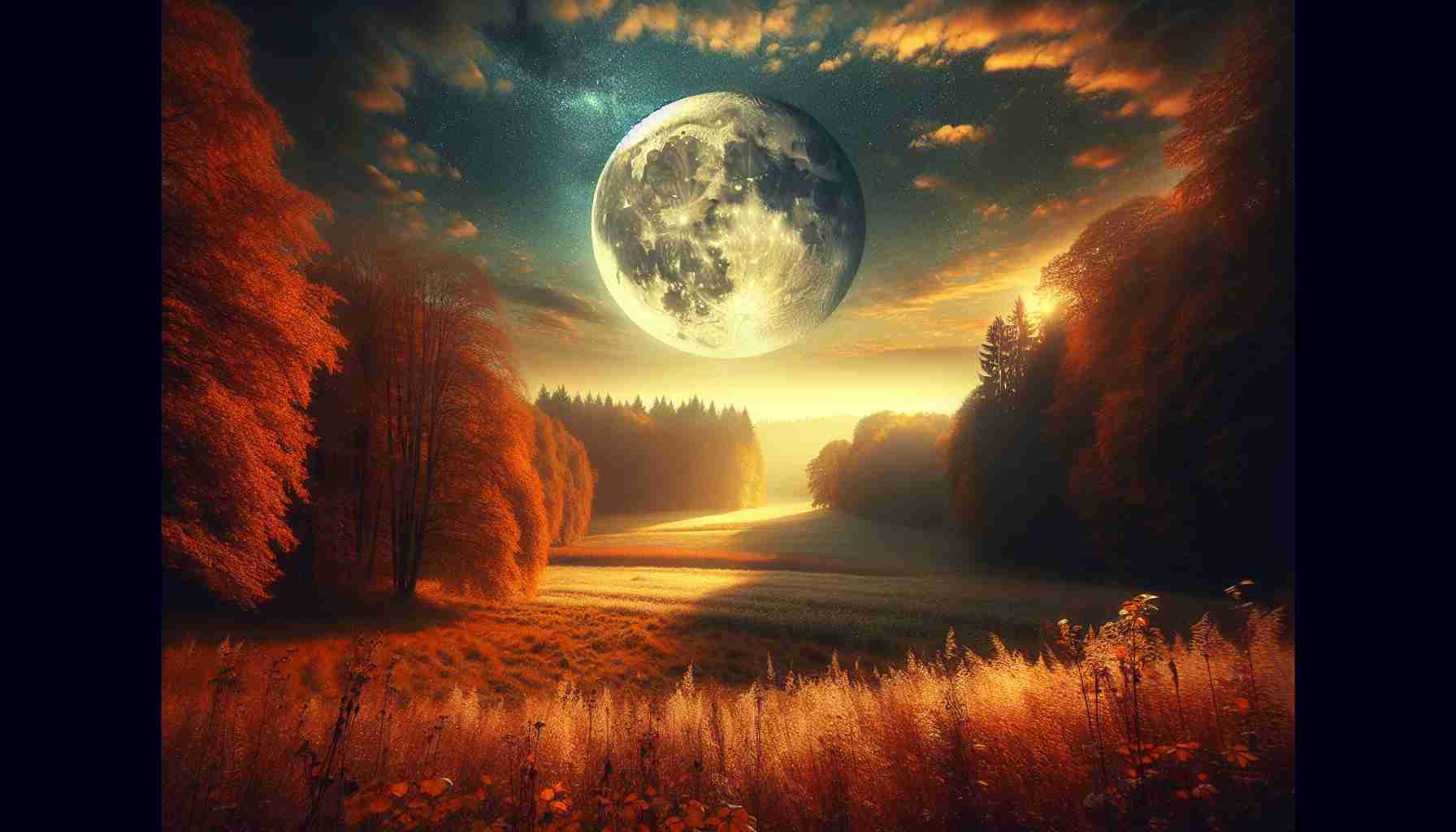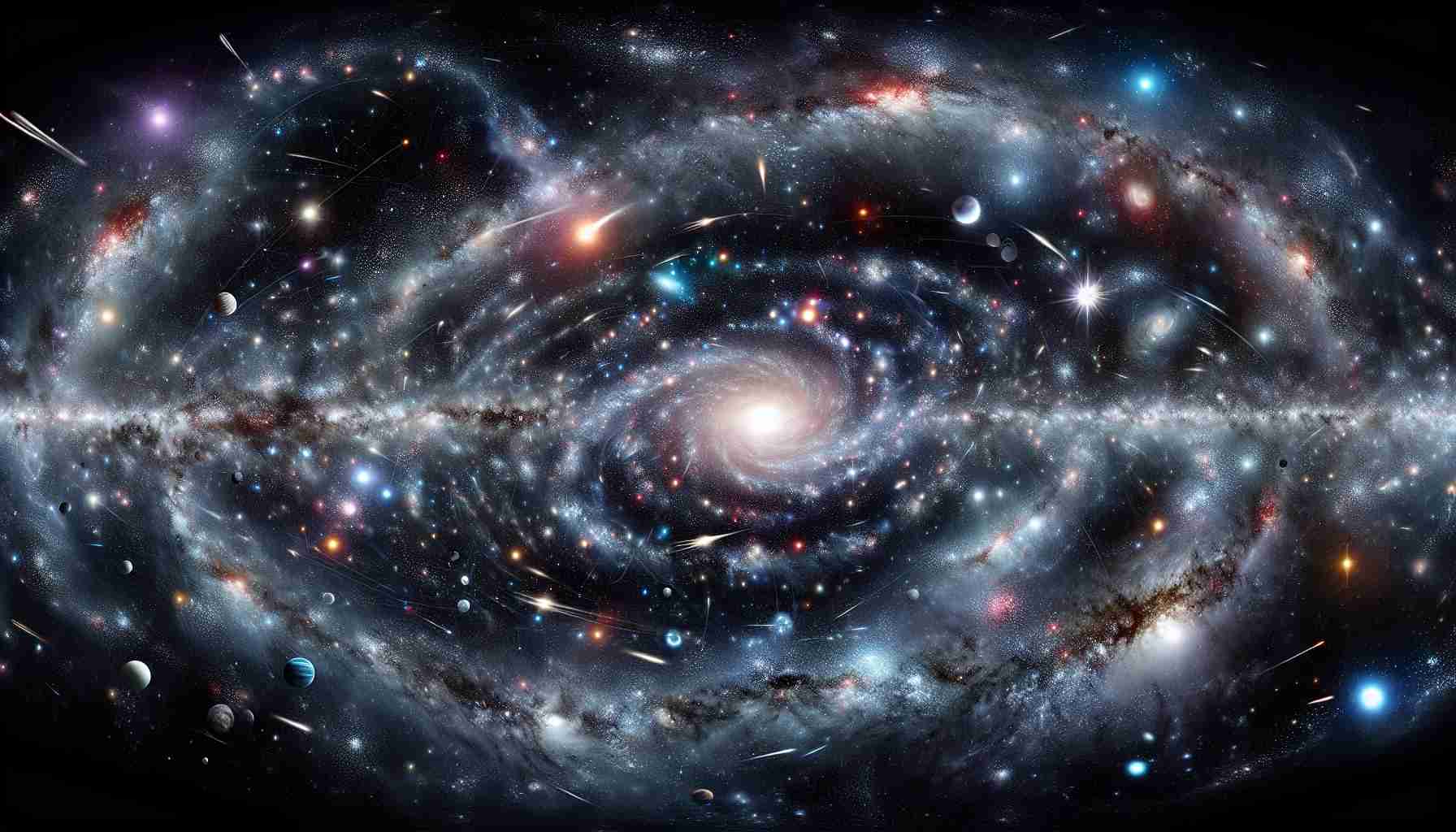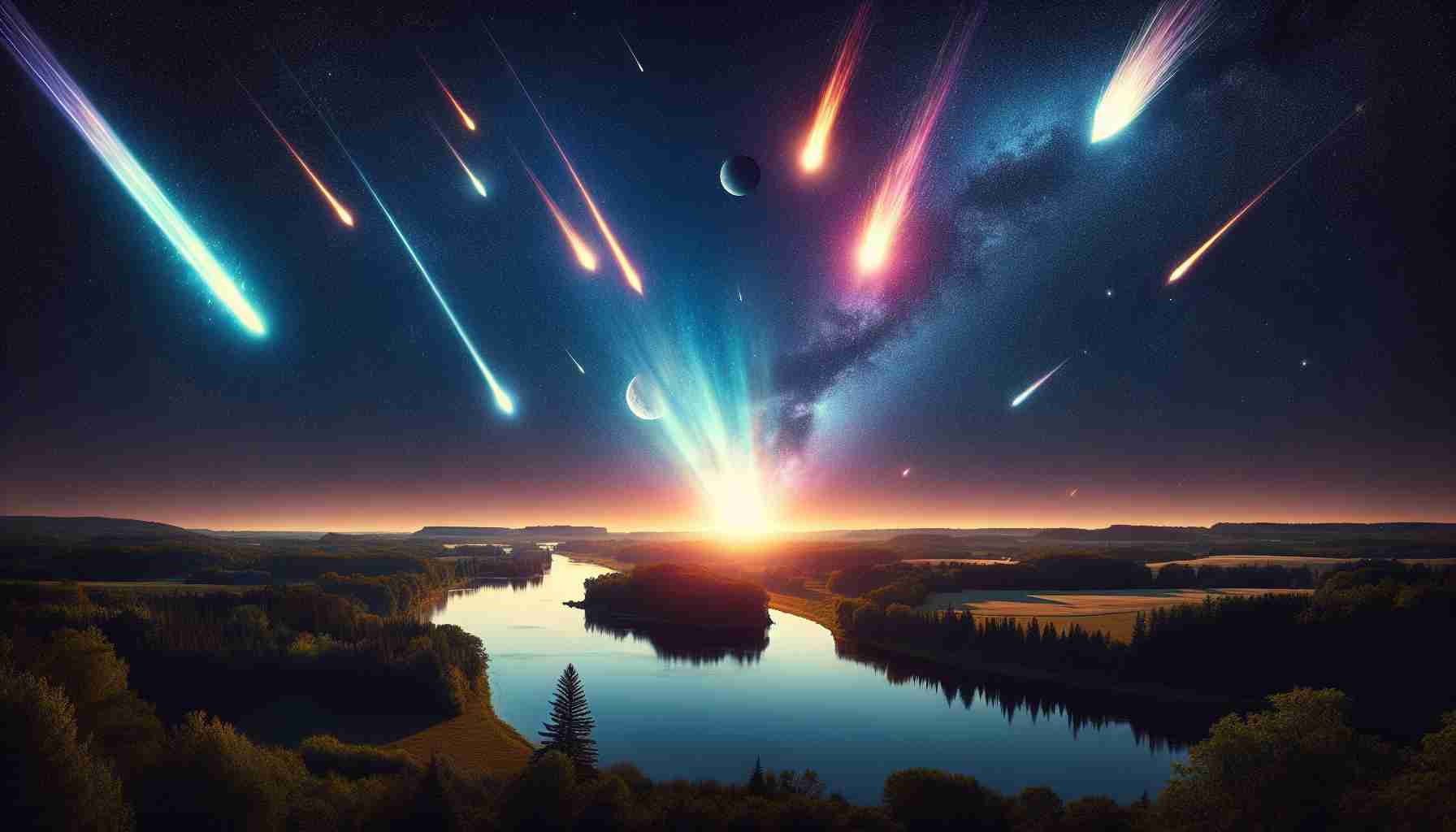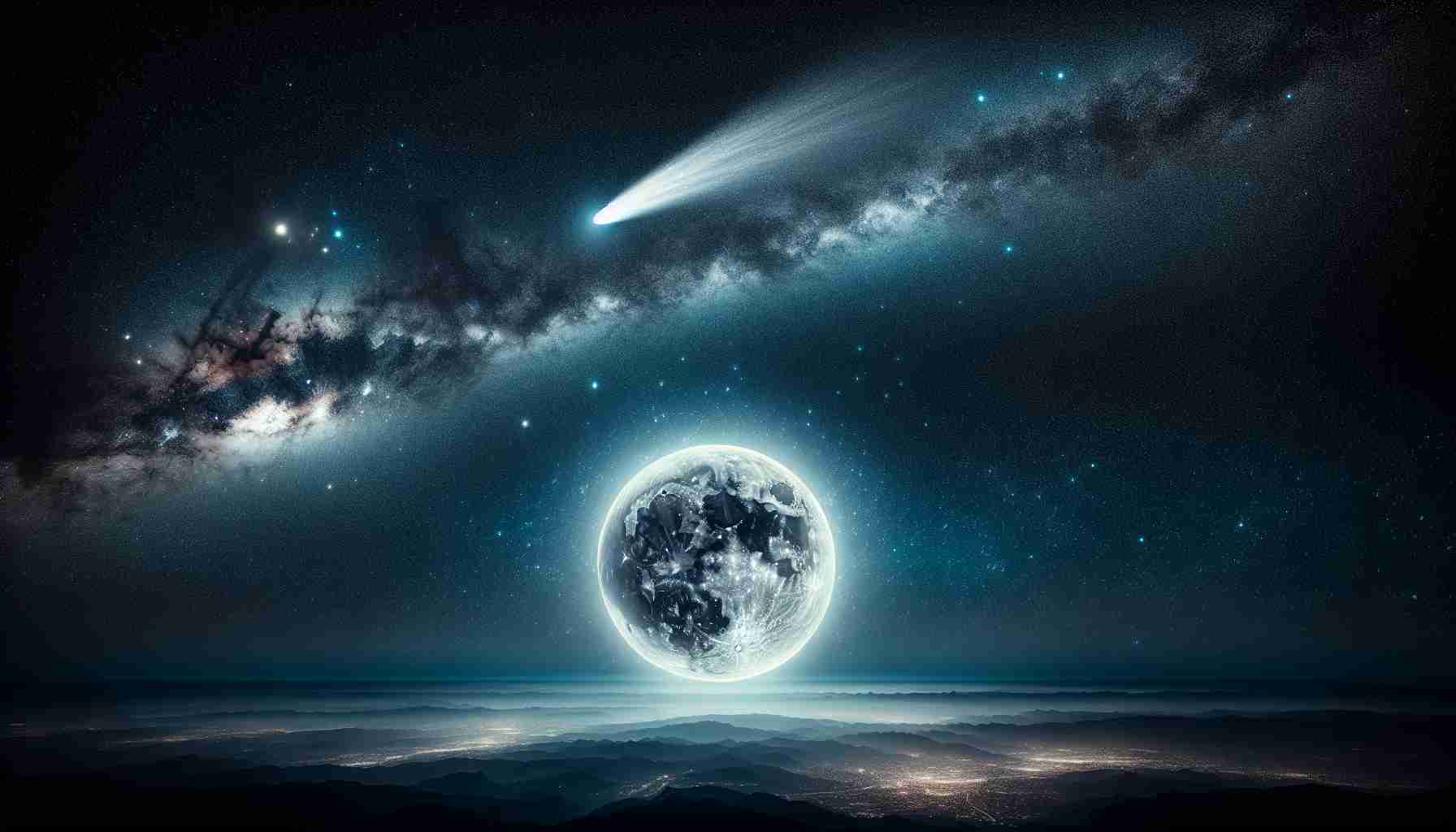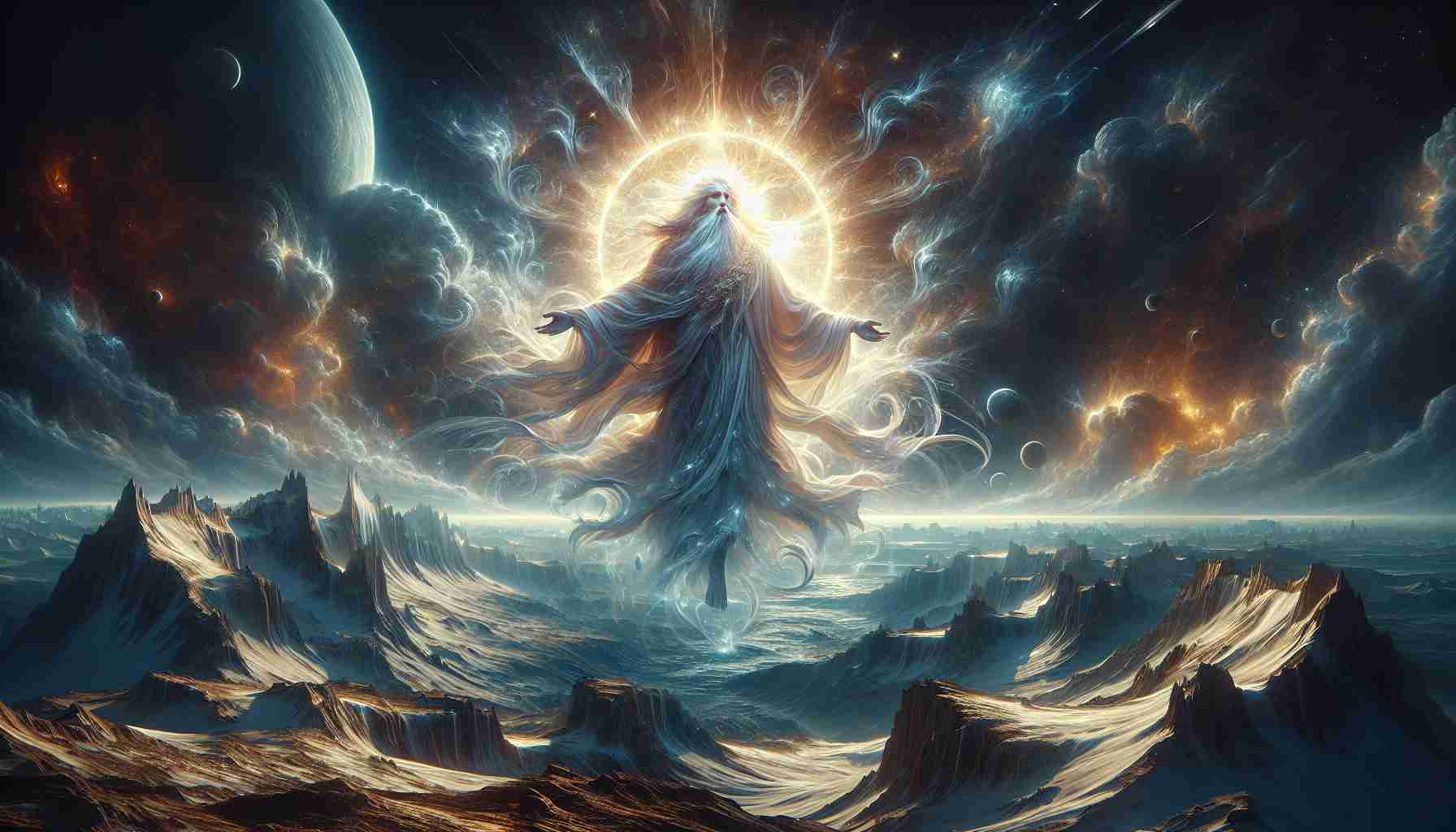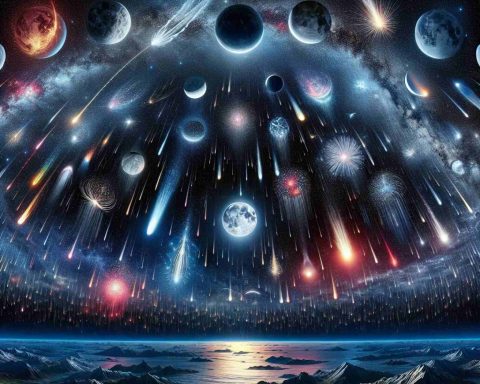Moons - Page 12
Moons are natural satellites that orbit planets, asteroids, or other celestial bodies. They come in various sizes, compositions, and orbits, and their primary function is to be gravitationally bound to their host body. The term "moon" is often specifically used to refer to Earth's Moon, but it can apply to any such satellite. Moons can influence their host planets in several ways, including affecting tides, stabilizing axial tilt, and, in some cases, contributing to atmospheric conditions. They can be classified into different types based on their formation, including those that formed alongside their host planet (co-formed moons), those that were captured by a planet's gravity (captured moons), and those that are remnants of larger bodies (fragments). The study of moons provides insights into the history and evolution of the solar system and can reveal the processes that govern planetary formation and dynamics.


